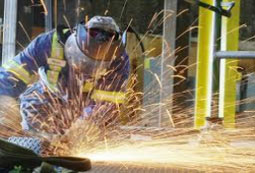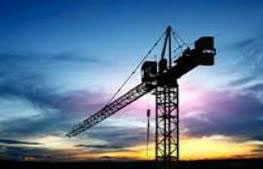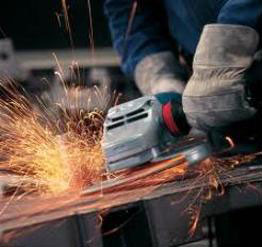 While construction-site electrical safety is the highest it has ever been, difficult earthing environments and environmental factors often outside of our control together with the need for continuity of supply often mean that the levels of personnel electrical protection offered can be compromised. The implementation of the RVDSAFE technology enables new industry work practices to be embraced leading to a dramatically safer workplace.
While construction-site electrical safety is the highest it has ever been, difficult earthing environments and environmental factors often outside of our control together with the need for continuity of supply often mean that the levels of personnel electrical protection offered can be compromised. The implementation of the RVDSAFE technology enables new industry work practices to be embraced leading to a dramatically safer workplace.
A floating (IT) or unearthed electrical system has no path to ground for a fault current to pass and as up to 98% of electrical faults are earth related, it stands to reason that unearthed systems are demonstrably safer than other conventional wiring systems. An un-earthed wiring system removes a person from potentially becoming a path to ground in an electrical safety circuit. This fact has been recognised in the UK where it is mandatory for any construction worker to use an isolation transformer to power power tools and equipment.
 However, to reduce the risk the voltage has been reduced to 110V but all still without any protective equipment to guard against the 1st or significantly the dangerous 2nd fault condition. In the IT earthing system the 1st fault is not re-guarded as dangerous as there is no path to ground but the 2nd fault is very dangerous. Unearthed electrical distribution systems represent the safest and most cost effective model and when an additional layer of electrical protection offered by the RVD technology is utilised,detection of the ‘non dangerous 1st fault condition’ is possible effectively removing the person.
However, to reduce the risk the voltage has been reduced to 110V but all still without any protective equipment to guard against the 1st or significantly the dangerous 2nd fault condition. In the IT earthing system the 1st fault is not re-guarded as dangerous as there is no path to ground but the 2nd fault is very dangerous. Unearthed electrical distribution systems represent the safest and most cost effective model and when an additional layer of electrical protection offered by the RVD technology is utilised,detection of the ‘non dangerous 1st fault condition’ is possible effectively removing the person.
 These enormous benefits are now able to be fully realised with the RVD providing new benchmark levels of electrical protection with the significant difference: it operates without the requirement for an earth-path to isolate. The RVD invention and methodology has been uniquely configured to provide enhanced electrical protection within both earthed and unearthed wiring systems, dramatically improving electrical safety for personnel and equipment.
These enormous benefits are now able to be fully realised with the RVD providing new benchmark levels of electrical protection with the significant difference: it operates without the requirement for an earth-path to isolate. The RVD invention and methodology has been uniquely configured to provide enhanced electrical protection within both earthed and unearthed wiring systems, dramatically improving electrical safety for personnel and equipment.
